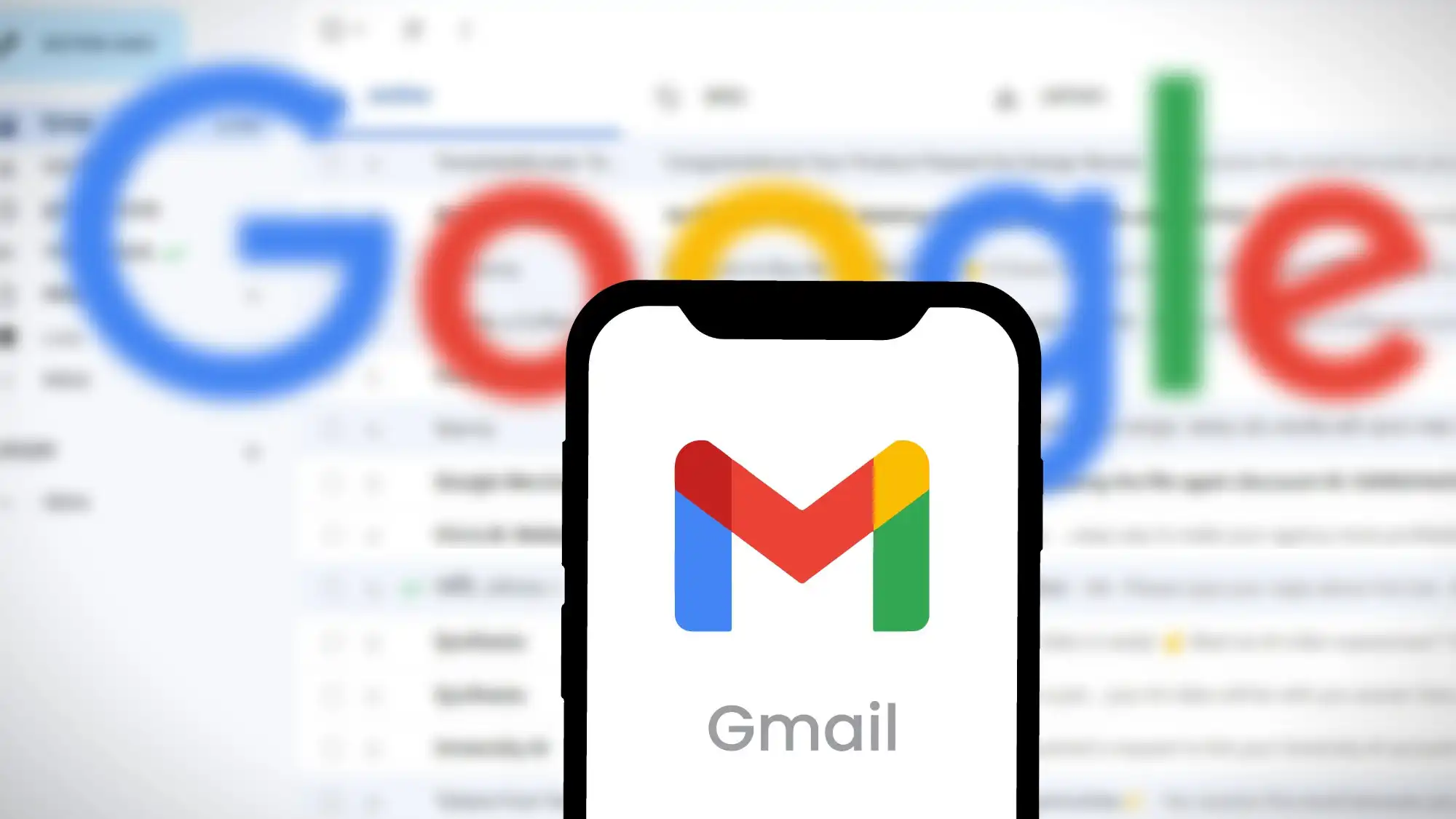AI is expensive, which means all of these free AI models are unlikely to remain as-is in the long run.
Sometimes small news can reveal big truths. When Microsoft released its annual sustainability report in May, it was hardly a blockbuster story—but the numbers hid something interesting: the company has increased its emissions by 30 percent since 2020.
Why? One key explanation can be summarized in two letters: AI. Microsoft’s massive investment in artificial intelligence has led to proportionally massive climate emissions.
Artificial intelligence requires a lot of energy. This isn’t only true for Microsoft, but all other tech companies as well—and by 2027, the world’s AI services are expected to consume as much energy as the entire country of the Netherlands, according to a study by the Amsterdam School of Business and Economics.
The data centers operated by these tech giants don’t just devour energy. They also require large amounts of water to cool the facilities. A single facility can consume over 50 million gallons of water per year.
So, to keep their carbon footprints down, the IT giants are now investing in building large data centers in the Nordic region, where much of the energy is renewable.
In June, it was announced that Microsoft would invest $3.2 billion in Sweden over two years, and at the same time Google announced that it would invest another $1.1 billion in its Finnish data center. Companies like Amazon and Facebook are also investing billions in Nordic data centers.
Those living in these countries who have seen electricity bills skyrocket are left wondering how their grids will cope with these big investments. Even so, the question is much larger than that.
Of course, AI and cloud computing are here to stay and there’s nothing we can do to stop that. In that case, how long can we—the consumers and people of the world—continue to use them without paying?
Today, we can generate texts with ChatGPT, create images with Adobe Firefly, and make songs with Suno. We can use Google Gemini and Microsoft Copilot for advanced AI searches. All of this is (mostly) free because these companies are still developing their services and we would hardly be willing to pay to be guinea pigs. Moreover, these tech giants are competing to dominate the market.
But in the long run? I’m convinced that this will all change. The opportunity to use advanced AI services at no cost will soon be over, because even individual AI jobs are extremely energy-intensive.
This summer, Nordic radio station P3 News had an analyst calculate how much energy is needed when a school student does their history homework by AI-generating text, images, and video. The carbon footprint turned out to be the equivalent of running the air conditioner for 10 hours on the hottest day of summer.
When a single AI task requires that many resources, I find it hard to believe that these services can remain free for long.
Already these days, more and more advanced AI features are shifting behind paid subscriptions, and this trend is likely to continue. We consumers will have to get our wallets out if we are to continue using AI.




